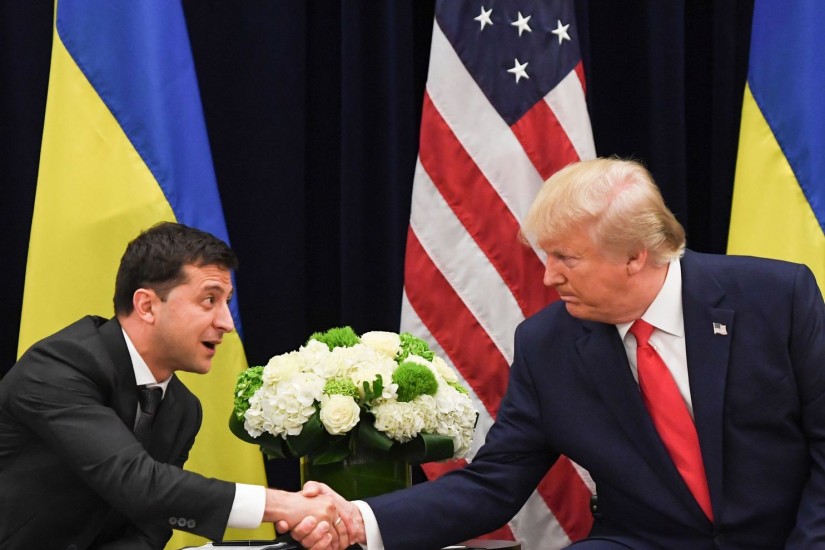On the morning of February 6, 1919, the streets of Seattle were unusually quiet. The working people of what was then an emergent metropolis of 300,000—shipbuilders and dock workers, barbers and millwrights, telephone operators and garment workers, streetcar conductors and shingle weavers—overwhelmingly stayed home.
Local unions representing more than 65,000 people had voted to withdraw their labor from the economy. For five days, they joined a mass walkout to support shipyard workers who demanded higher wages amid skyrocketing inflation. Beyond union members themselves, tens of thousands of other employees were idled, as countless stores, offices, and factories shuttered their doors. The economic hub of the Pacific Northwest was paralyzed by a general strike.
The centenary of this remarkable event comes at a propitious time. Today, activists of many varieties are claiming the strike as a tool to fight seemingly intractable problems. Those talking about this form of mass protest are not limited to the labor movement, which has been inspired by recent waves of teachers’ strikes. They also include immigrant rights advocates who are calling for broad-based disruption, as well as climate change activists planning a Global Climate Strike in September.
The idea of a strike that extends beyond a single workplace or group of employees to encompass a critical mass of society has long held a hallowed place in the radical imagination. Rarely, though, is it spoken of as a realistic tactic in America. Yet those experimenting with this possibility today can invoke a compelling fact: It has happened before.
In the Seattle of 1919, union members did not merely walk off the job. They took a central role in providing social services and meeting human needs. In the labor-owned Seattle Union Record, journalist Anna Louise Strong had vowed in a defiant editorial that “Labor will not only SHUT DOWN the industries, but Labor will REOPEN, under the management of the appropriate trades, such activities as are needed to preserve public health and public peace.” Unions ran community kitchens across the city, serving as many as 30,000 meals a day. They opened three dozen sites for neighborhood milk distribution. They collected garbage and delivered oil to hospitals. Those who had served in World War I monitored public safety, and levels of crime plummeted during the strike. A commanding general stationed in Seattle remarked that he had never seen a city so orderly.
